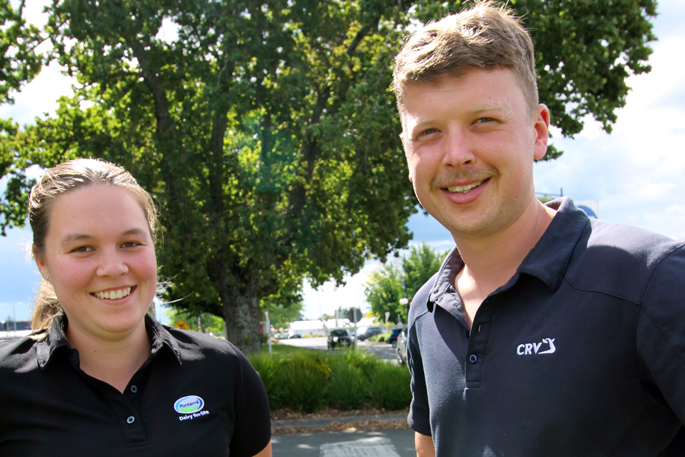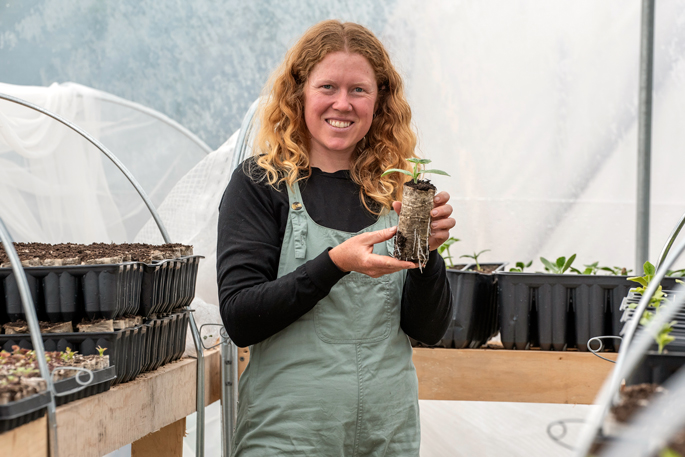The Waikato Regional Council received at least a 1000 submissions on its healthy rivers plan change, a tribute to the umpteen meetings held, and farmers being harangued by interested parties. I just hope they all help the council to think objectively about the original proposals. In the interim some of their staff have been very busy doing sums and coming up with a first draft of an implementation plan for putting it into practice. Having read that, I was left somewhat boggled at the figures quoted, and the number of ‘third parties’ which will be involved in advising and monitoring. Given the number of vested interests hovering around, particularly those whose only belief is that ‘science can fix everything’, I was persuaded any ideas or systems which don’t ‘conform’ might not have an easy time getting their points across. However, as readers will know, I’m a confirmed cynic. Required research If it’s going to take about 80 years to achieve clean rivers, how does that fit with the Minister’s latest fairy tale about getting “swimmability” by 2040? Admittedly, that idea involves loosening up the criteria quite a bit, and a blind faith in the scientists and experts getting their heads together nationally to do the ‘required research’. Given how things are funded these days, I can see commerce leaping into more things they could sell to farmers to ‘solve the problem’. From my decade-or-so of experience I’ve found a lot of farmers just focus on the current payout, cross their fingers during next year, and imagine that climate change can be ‘managed’ and our trusty soils will go on producing copiously, as expected, forever. If not, farmers think maybe more chemicals will do it – despite the fact they haven’t really noticed they are growing less pasture than 20 years ago, and making up the shortfall with supplements while blaming it on having more cows. Soil carbon It’s the disappearance of our vital soil carbon which is really worrying. I received some graphs recently that measured two neighbouring farms; one contributing to nature’s soil life, and one using only chemicals. The one relying on nature-plus had 38 per cent more carbon, 39 per cent more organic matter, and 42 per cent more nitrogen in the top 30cm. No wonder it was growing more pasture, not drying out when it didn’t rain, and coping with dumping rainfall with no puddles. The deep mesh of crumb structure, which holds the carbon, the nutrients and the rainwater, and allows the roots to go deep, must be maintained and grown where it has been depleted. Nature managed her soils and their structures for millions of years by using the life forms which interact within them. Are we going to use chemical science to destroy that structure and those life forms within a century? Until our ‘soil science’ experts get round to really looking at the whole of soil life and what is happening, give up their current fixed mindsets, and look out further into the future, I fear so.







0 Comments
Leave a Comment